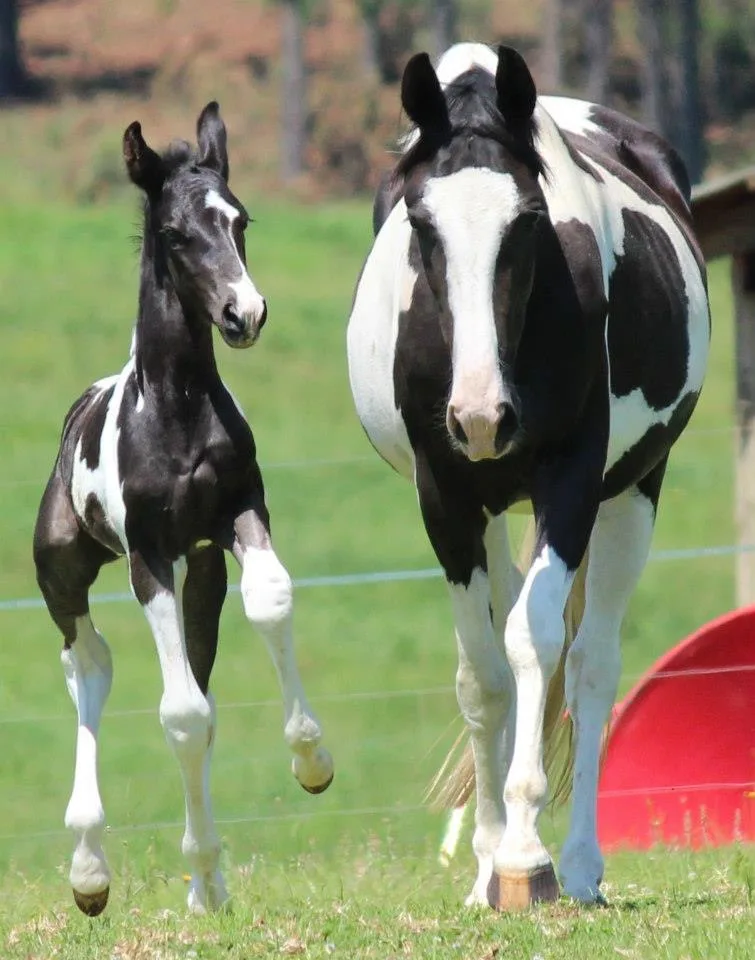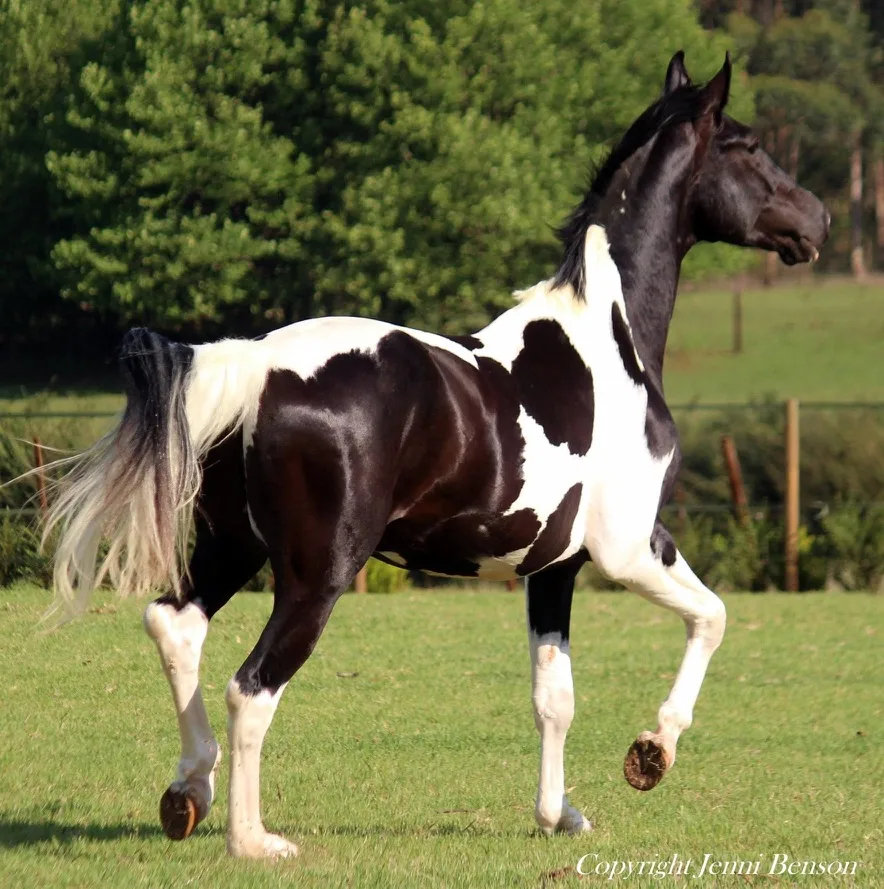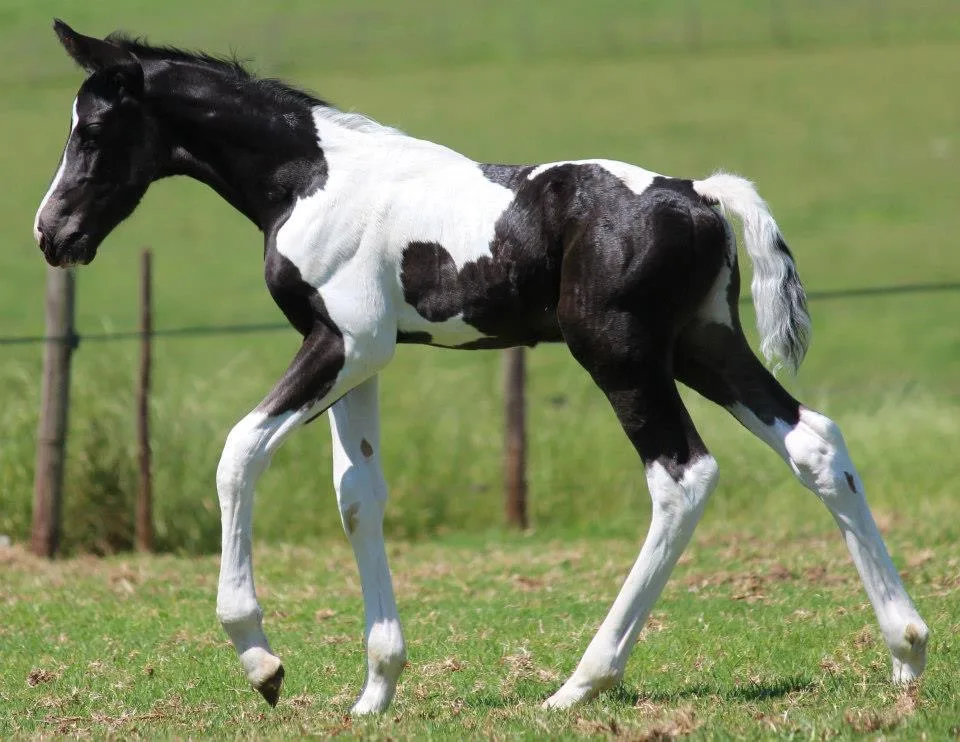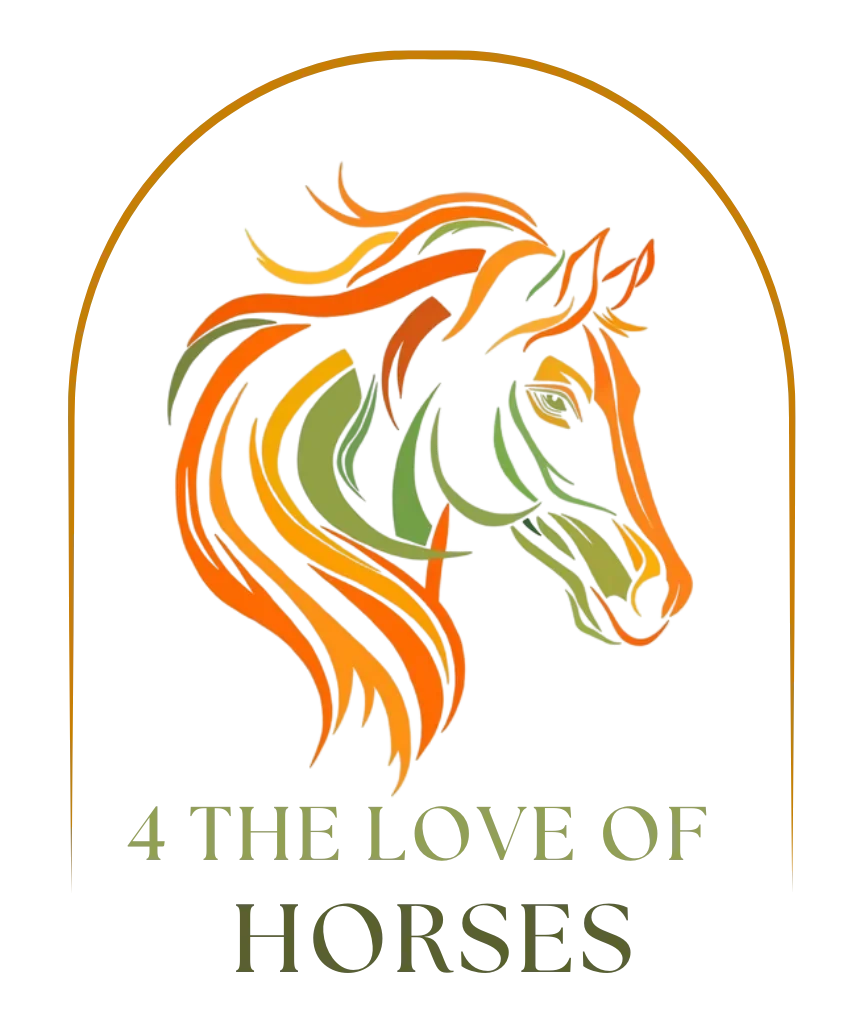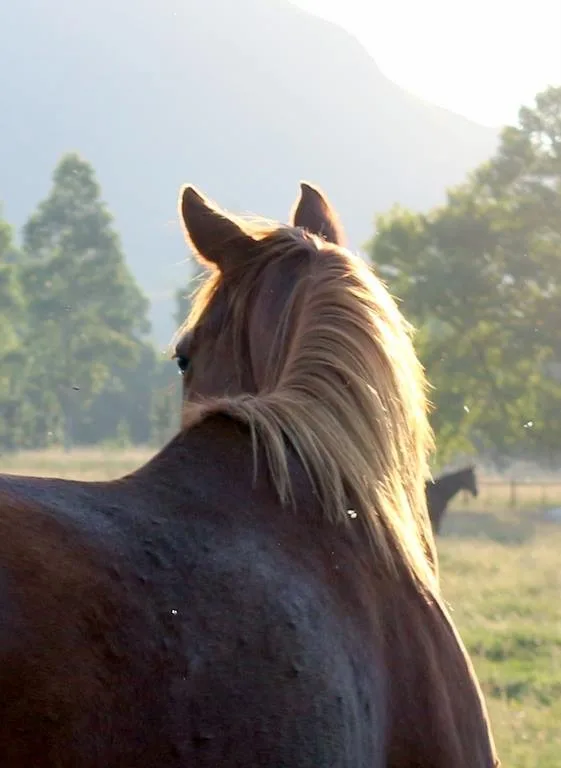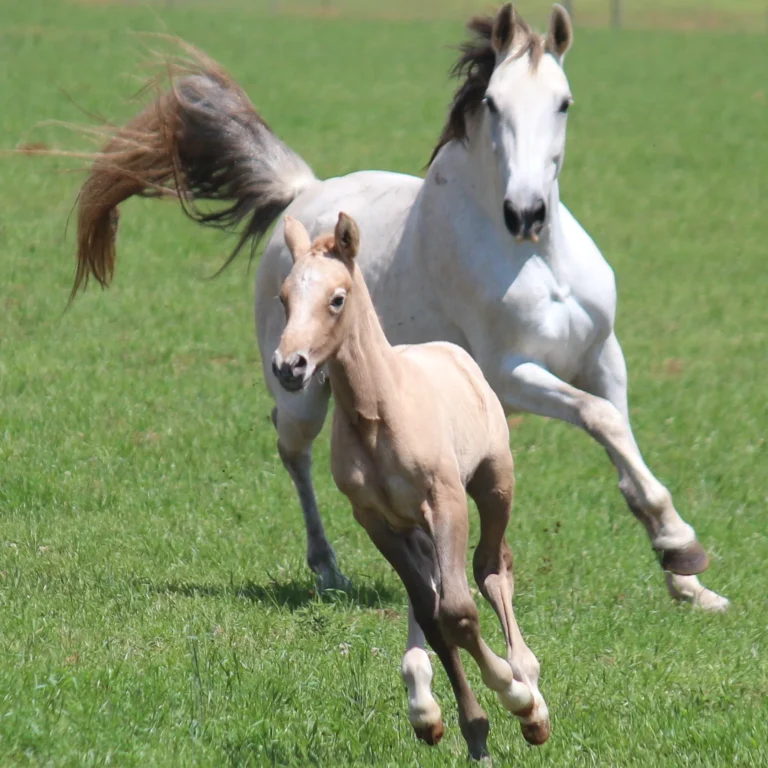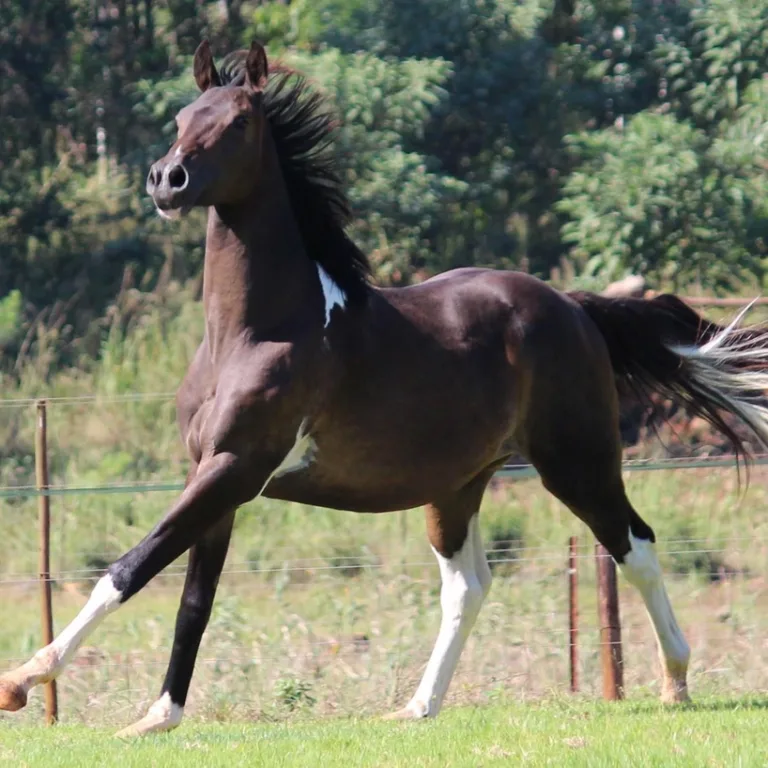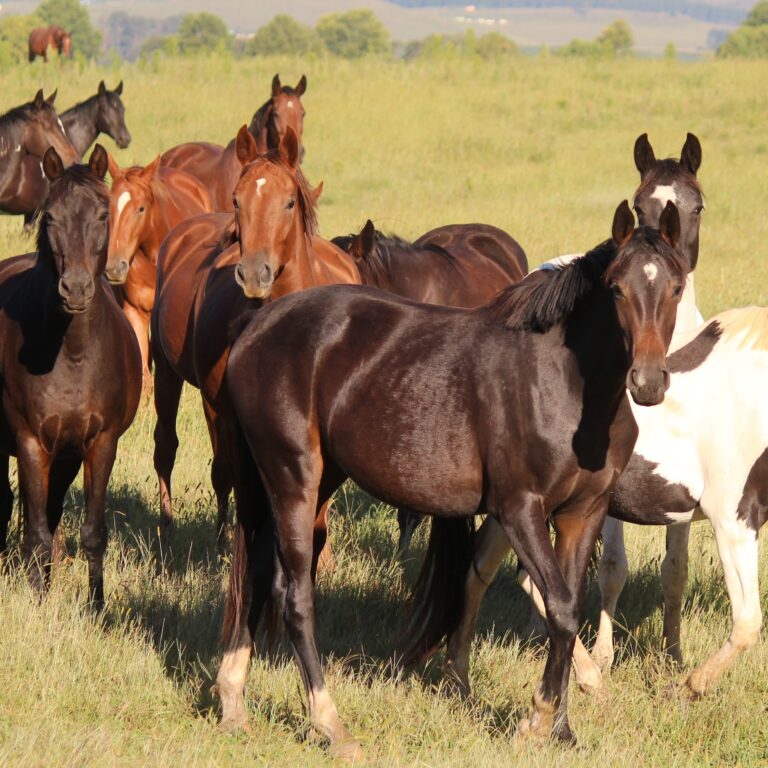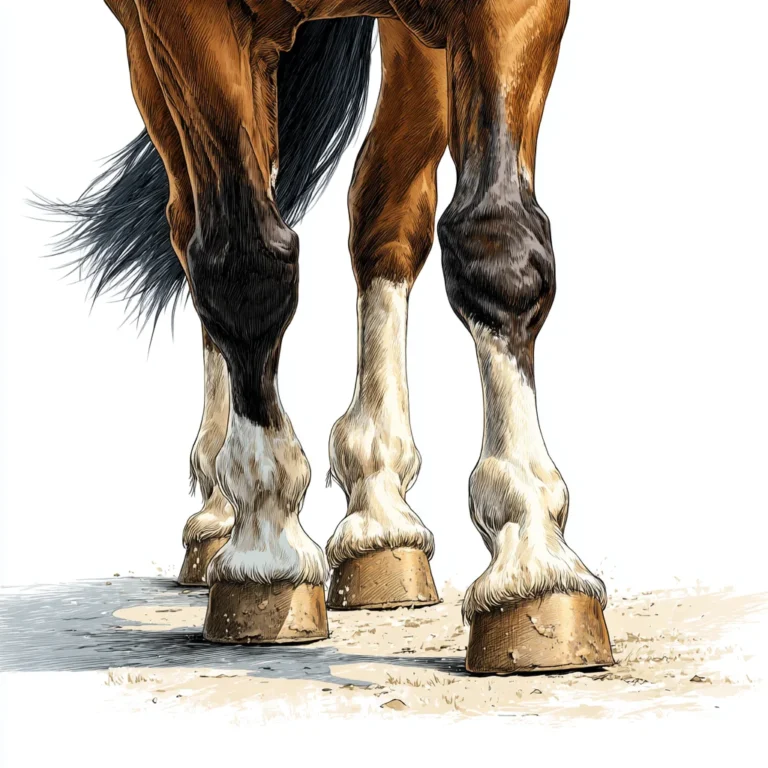From Foal to Adult: Understanding the Phases of Horse Development
Understanding the phases of horse development is crucial for any horse enthusiast, whether you’re a breeder, trainer, or simply a passionate horse owner. From the moment a foal takes its first breath to its mature adult years, each stage of a horse’s life is marked by significant physical and behavioral changes. These stages not only shape the horse’s future health and capabilities but also influence its temperament and trainability.
This post will guide you through each phase of a horse’s development, highlighting the key milestones and providing insights into the best care practices for every stage. By understanding what to expect and how to respond during these different phases, you can ensure your horse grows up healthy, happy, and well-adjusted. Whether you’re raising a foal or caring for an older horse, this comprehensive overview will help you support your horse through every stage of its life.
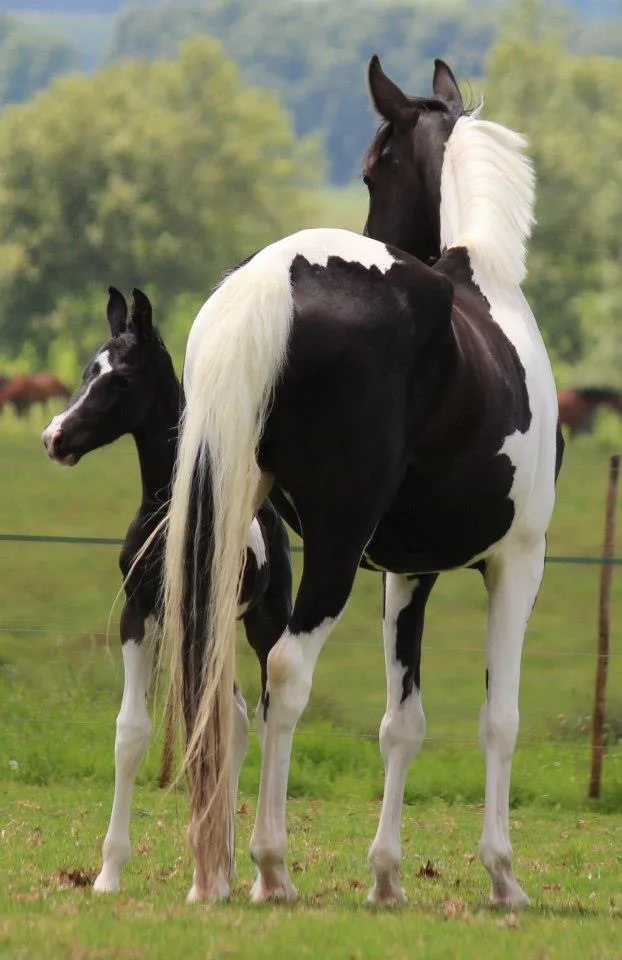
The Newborn Foal (Birth to 6 months)
Physical Development
The first few months of a foal’s life are a period of rapid growth and change. At birth, foals typically weigh around 10% of their mother’s weight. During these early months, they experience significant growth spurts, often doubling their weight within a few weeks. Their legs are almost fully grown at birth, which helps them stand and move shortly after being born.
Behavior and Socialization
In the initial hours after birth, bonding with the dam (mother) is crucial. This period establishes the foal’s sense of security and attachment. The foal will spend much of its time nursing and sleeping, gradually becoming more curious and active. Early socialization with the dam and other horses helps the foal develop essential social skills. Play behavior is common, as it helps build strength, coordination, and social bonds.
Nutrition
Nutrition is vital for a newborn foal. The first milk, known as colostrum, is rich in antibodies that help protect the foal from infections. Ensuring the foal receives adequate colostrum within the first 24 hours is critical. As the foal grows, it will begin to nibble on solid foods, gradually transitioning from milk to a diet that includes hay and specially formulated foal feed. Proper nutrition during this stage sets the foundation for healthy growth and development.
Understanding these early months is essential for anyone involved in the care and development of a young horse. Proper attention to the physical, social, and nutritional needs of the newborn foal can ensure a strong start to a healthy and well-adjusted life.
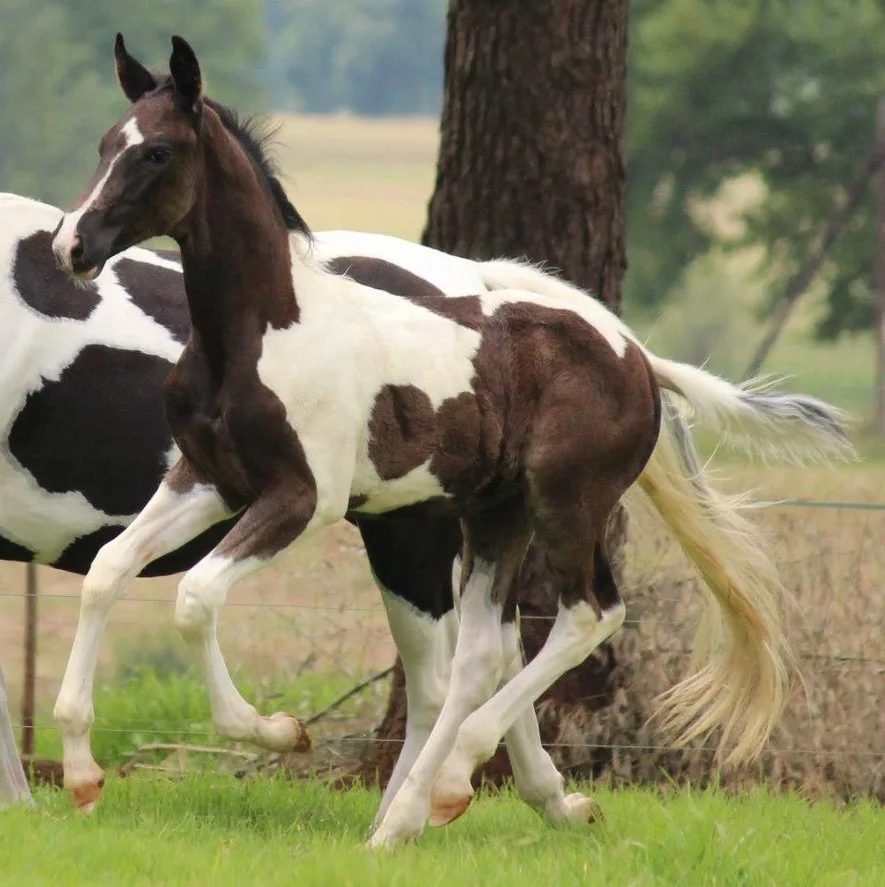
Weanling (6 months to 1 year)
Physical Changes
As a foal transitions into the weanling stage, you’ll notice continued rapid growth. By the time they reach one year, weanlings can achieve up to 60-70% of their mature height. Their bones, muscles, and joints are developing at an accelerated rate, necessitating proper nutrition to support this growth. During this stage, their body begins to elongate, and they start to lose the rounded, baby-like appearance, gaining a more proportional look.
Behavioral Shifts
The weaning process, which typically occurs around six months of age, is a significant event in a young horse’s life. Separating the foal from its dam can be stressful, but it’s a necessary step for developing independence. During this time, weanlings learn to socialize more with other young horses and adult herd members, which helps them understand herd dynamics and social hierarchy. This is also the stage where they become more curious and bold, exploring their environment with greater confidence.
Feeding and Care
Diet adjustments are crucial during the weanling phase. As they transition from milk to a diet primarily consisting of solid food, their nutritional needs change. A balanced diet rich in essential vitamins and minerals is vital to support healthy growth. High-quality hay, specially formulated weanling feed, and access to fresh water should be staples of their diet. Additionally, regular health check-ups and vaccinations are important to monitor their development and prevent common weanling illnesses.
Basic training and handling should begin during this stage. Teaching the weanling to lead, stand for grooming, and pick up their feet for cleaning helps establish a foundation of trust and respect. Positive reinforcement techniques can make these early lessons more effective and enjoyable for the young horse.
By understanding the physical, behavioral, and nutritional needs of weanlings, you can help ensure they grow into strong, healthy, and well-adjusted adults. Proper care during this critical stage sets the stage for a lifetime of good health and positive interactions.
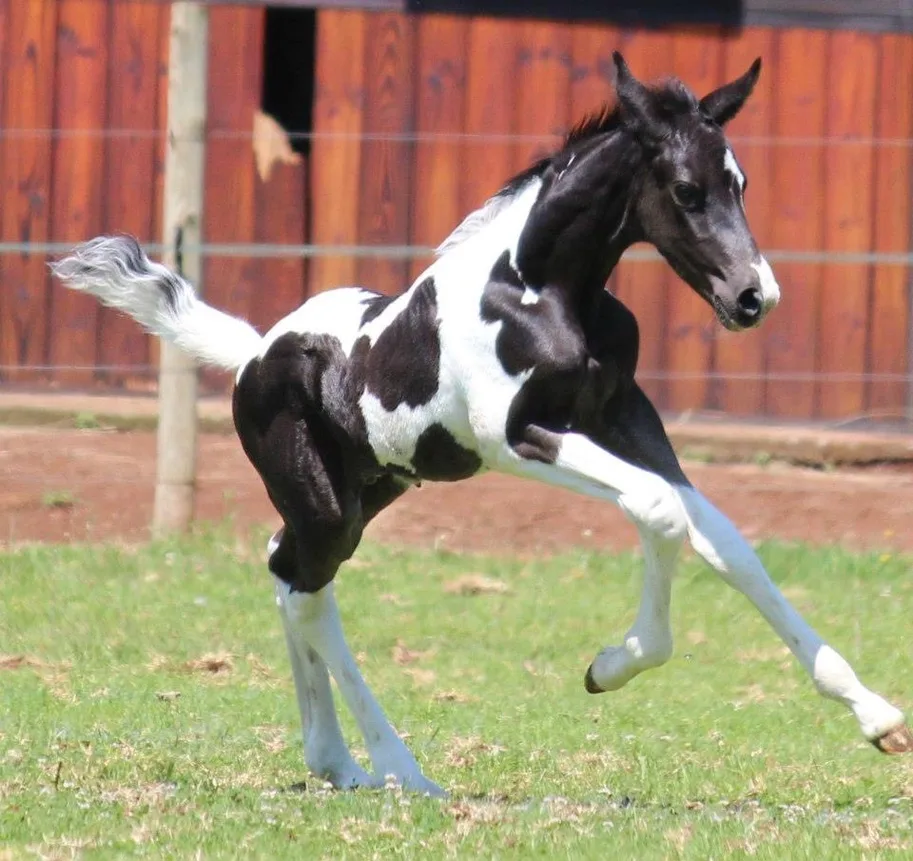
Yearling (1 to 2 years)
Growth and Development
The yearling stage is marked by continued growth, though not as rapid as during the foal and weanling stages. Yearlings typically gain significant muscle mass and their bodies begin to take on a more defined, mature shape. Their bones are still growing and hardening, so it’s important to manage their exercise to avoid stress injuries. During this stage, they may experience growth spurts that can temporarily make them look a bit awkward or gangly.
Behavioral Developments
Yearlings are naturally curious and full of energy. This is a time of exploration and learning, where they start to test boundaries. They’re more independent and eager to interact with their environment and herd mates. Social interactions within the herd are crucial, as they help yearlings learn important social cues and establish their place in the social hierarchy.
Training and Care
This stage is ideal for introducing basic groundwork training. Yearlings are more capable of understanding and retaining lessons, making it a perfect time to teach them to lead, tie, load into a trailer, and stand quietly for grooming and veterinary care. Patience and consistency are key, as their attention spans can be short. Using positive reinforcement helps build trust and encourages cooperative behavior.
Yearlings require a balanced diet that supports their growth but does not encourage excessive weight gain, which can stress developing joints and bones. High-quality forage, appropriate concentrates, and a balanced mineral supplement can ensure they receive the nutrients they need. Regular hoof care, dental checks, and vaccinations are also essential to maintain their health.
By providing structured training, balanced nutrition, and attentive care, you can help your yearling develop into a healthy, well-behaved horse. This stage is critical for laying the groundwork for future training and establishing a strong bond with your horse.

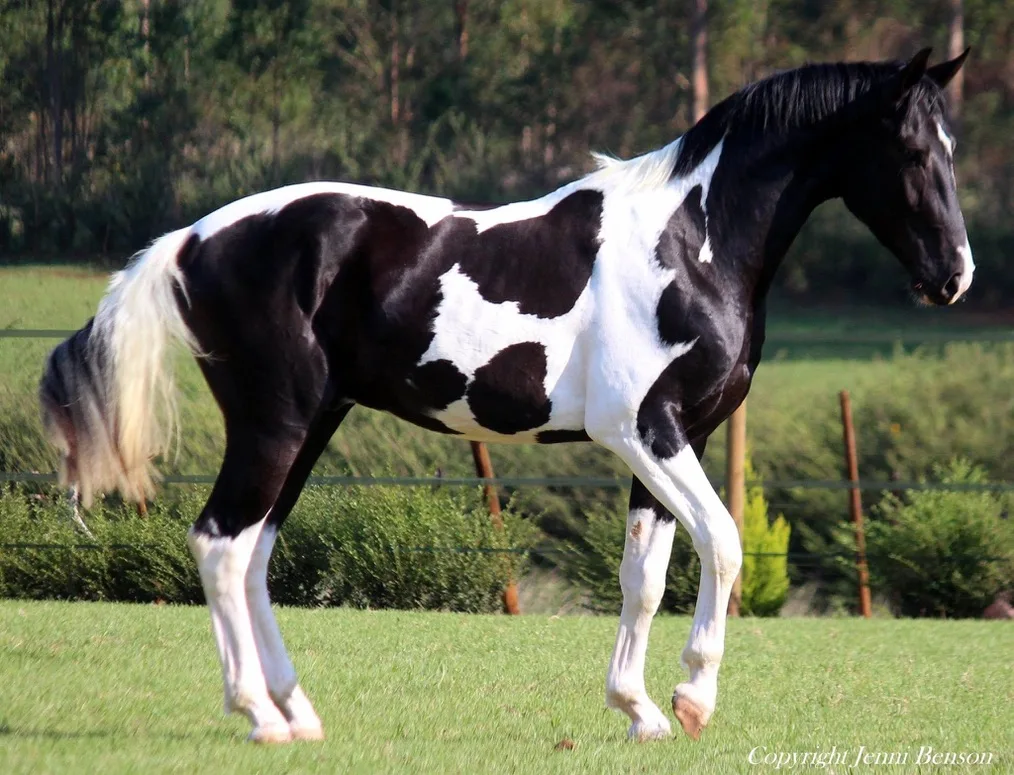
Adolescent Horse (2 to 3 years)
Physical Maturation
As horses enter the adolescent stage, they start to show significant physical maturation. Their growth rate slows down, but they continue to build muscle and refine their physique. By the end of this stage, many horses will have reached close to their full adult height, though they may continue to fill out and gain muscle mass. Proper management of exercise and workload is crucial to prevent injuries as their bones and joints continue to solidify.
Behavioral Maturity
Adolescent horses are akin to human teenagers – they are full of energy, can be unpredictable, and are eager to test boundaries. This is a critical period for establishing and reinforcing good behavior. Consistent, fair training is essential to help them understand their role and expectations. It’s also a time when their personality becomes more apparent, and building a strong, respectful relationship with them is vital.
Training and Care
During this stage, horses are ready for more structured and intensive training. They can start learning more advanced groundwork and, for many, it’s the beginning of their ridden training. Patience and consistency are key, as well as ensuring that training sessions are appropriately challenging without being overwhelming. Positive reinforcement continues to be an effective tool.
Nutrition should be adjusted to meet the demands of increased physical activity. A balanced diet that supports muscle development and provides sufficient energy without leading to excessive weight gain is crucial. Regular dental check-ups, vaccinations, and hoof care should remain a priority to prevent health issues.
By focusing on balanced nutrition, careful management of their physical activity, and consistent training, you can help your adolescent horse develop into a strong, capable, and well-behaved adult. This stage is a pivotal time for solidifying the foundation for their future performance and health.
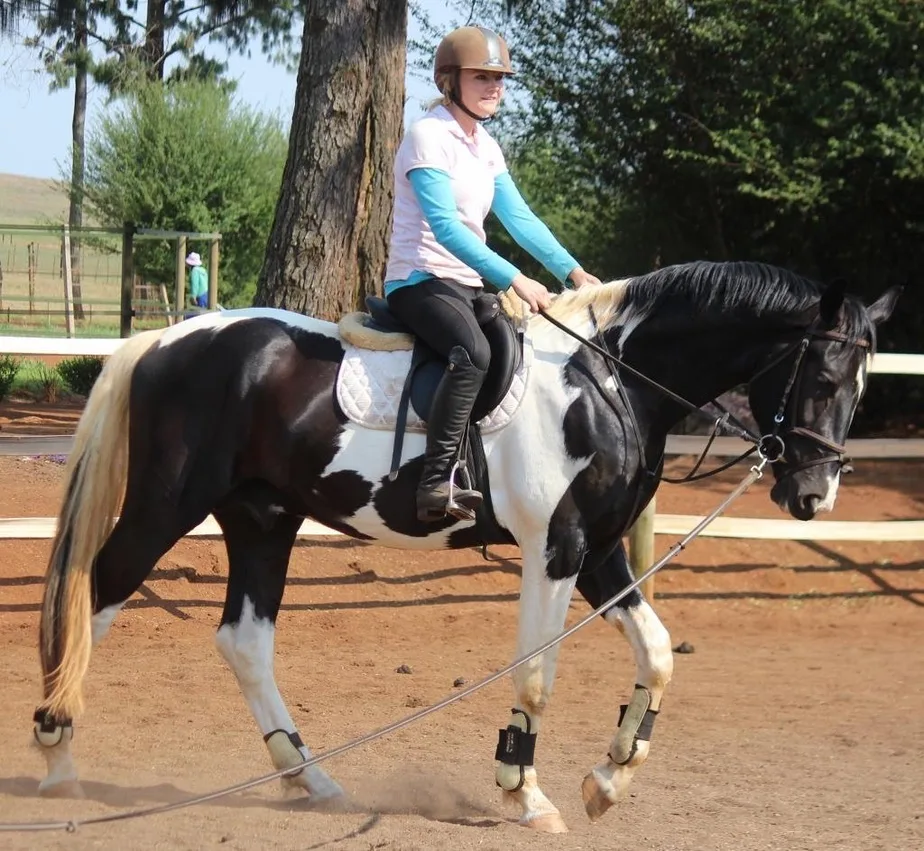
Young Adult (3 to 5 years)
Peak Development
In the young adult stage, horses reach near full physical maturity. Their growth in height has mostly stopped, and they are now building muscle and strength. This period is crucial for developing their fitness and conditioning them for their future roles, whether in competition, work, or recreational riding. Proper care during this time ensures they have the stamina and strength needed for their activities.
Behavior and Training
At this stage, horses are typically ready for more advanced training. They have a greater capacity to learn and retain complex tasks. Training should now focus on refining their skills, introducing them to the specific disciplines they will be performing, and solidifying good behavior and work ethics. Consistent, positive training helps reinforce lessons and builds a strong, trusting relationship between horse and handler.
Diet and Maintenance
As their physical activity increases, their dietary needs must be adjusted to ensure they receive the necessary nutrients to support their work and muscle development. A diet rich in high-quality forage, balanced with concentrates tailored to their activity level, is essential. Regular health check-ups, including dental care, vaccinations, and parasite control, should be maintained to prevent any health issues that could impede their progress.
In addition to diet, regular exercise and proper conditioning are vital. This not only helps in building muscle and endurance but also prevents injuries. Ensuring they have a balanced routine of work and rest aids in their overall development and performance.
By providing appropriate training, balanced nutrition, and consistent care, you can help your young adult horse reach its full potential. This stage is about preparing them for the specific roles they will undertake and ensuring they have the physical and mental capacity to excel.

